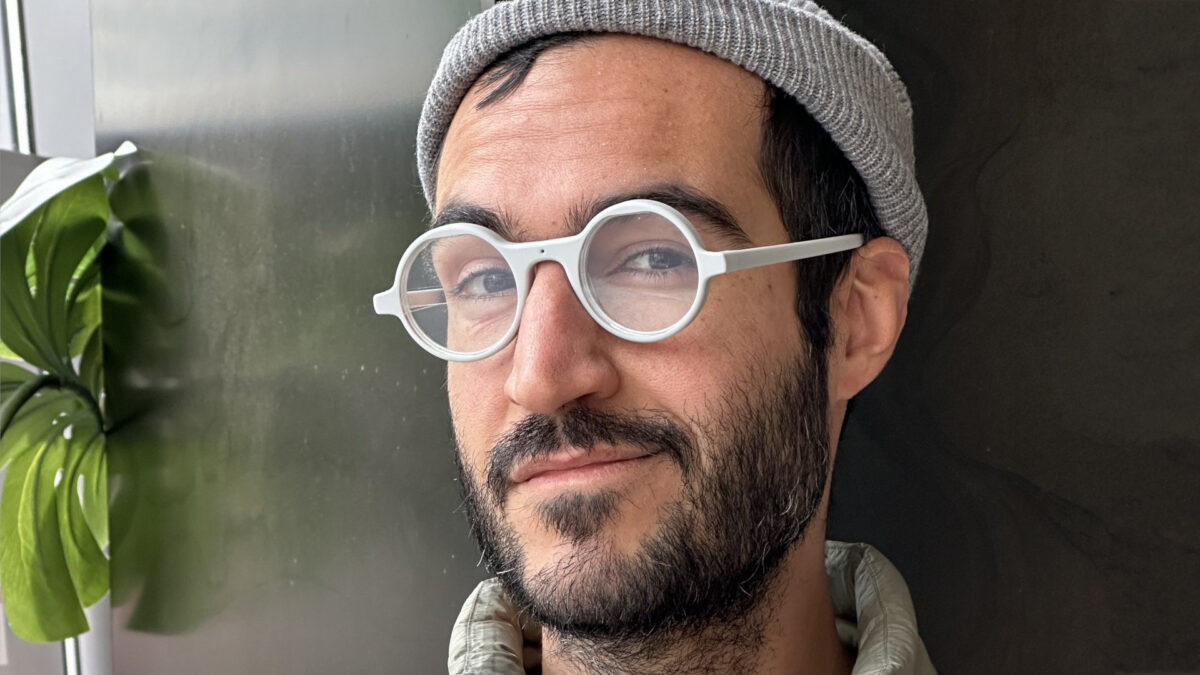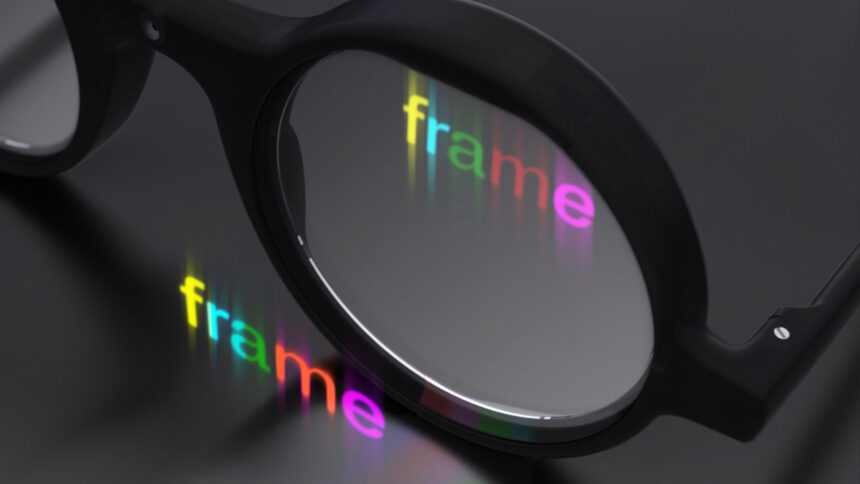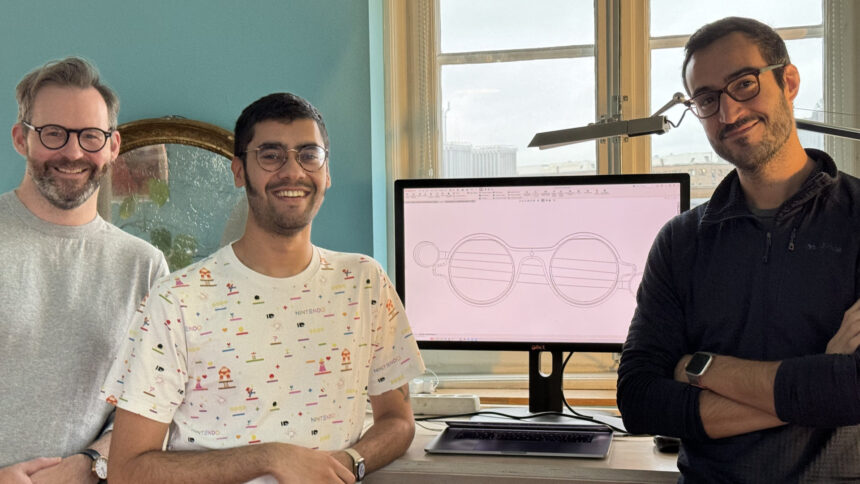How Brilliant Labs made 39 gram lightweight AI smart glasses Frame possible

Brilliant Labs hosted an hour and a half ask-me-anything event to answer a surge of interest and questions about its new Frame AI smart glasses.
Looking like something cooked up by Iron Man with John Lennon styling, Brilliant Labs' Frame is a pair of ultra-light smart glasses with a small display that connects to a multimodal AI, enabling a wide range of uses.
In a recent AMA, the Brilliant Labs team explained the design goals and inevitable tradeoffs required to build the unique $350 Frame AI smart glasses.
Design decisions of Frame
Frame maintained a focus on super light, slim, and comfortable glasses that look stylish. This proved to be a strong challenge during development.
Most smart glasses that contain a display weigh 75 grams or more. Xreal's Air 2 stands out with 500 nits of brightness and 72-gram weight. Frame is much lighter at 39 grams. We'll get to the tradeoffs that make this possible later.

Frame AI smart glasses look slim and stylish with round frames and a central camera. | Image: Brilliant Labs
While display-focused smart glasses boast 1080p resolution and up to 50-degree FoV with the Rokid Max, Brilliant Labs doesn't expect you to watch movies with your Frame smart glasses. These are meant to be AI facilitators, that make using Perplexity and other multimodal AI platforms easier and always available.
The Frame glasses are designed to be lightweight and comfortable and can be worn all day. The glasses respond to voice commands and photos with minimal delay and display text, images and graphics to help you manage your everyday life.
Tradeoffs that make Frame possible
With high expectations, very limited room and weight restrictions, Brilliant Labs had to optimize every component to achieve the end goal. The challenge was to cut as much as possible without hurting the user experience.
To reduce weight and size, Frame uses a monocular display that appears on the right-eye only. Brilliant Labs said people quickly adjust to the display, and the brain actually tricks you into thinking you can see the image with both eyes. In enterprise use, monocular displays are quite common. For example, Vuzix Z100 is a 36-gram pair of monocular smart glasses designed for industrial use.
The 640 × 400 pixel display has the appearance of looking at your smartphone. Larger isn't always better, since Frame is meant to be worn all day. Keeping the resolution lower reduces the processor load and lets Frame spend energy more wisely.

Brilliant Labs Frame includes a bright and vivid monocular display. | Image: Brilliant Labs
The full-color display can output 1,800 nits of brightness. That's quite intense compared to the 400 to 600 nit rating of most smart glasses with displays. RayNeo's latest Air 2 smart glasses reach 600 nits.
Frame lacks speakers, since the added bulk and power draw would have led to a much heavier design. Brilliant Labs reasoned that you probably already have your favorite earbuds, so why duplicate that effort in smart glasses?
Software decisions were also influenced by the design goals. Frame runs the Lua language, a smaller, more efficient alternative to the MicroPython coding used by Brilliant Labs' Monocle, the company's first AR product.
New details about Frame
Some new details arose about Frame during the AMA. For example, the smart glasses aren't waterproof but should survive a bit of moisture, like sweat or a light rain.
Brilliant Labs doesn't store your prompts or the cloud responses. Since Frame and Noa send data to the cloud, the receiving AI service never knows who sent the prompt. It's almost like a VPN for AI service, providing anonymity for the user.
The all-day battery life was explained in more detail. Two coin-cell batteries totaling about 250 mAh of capacity will handle extreme usage for about three hours. According to Brilliant Labs internal testing shows frequent, but normal use delivers about six or seven hours of battery life. The included charger replenishes Frame's battery in about an hour.
Apparently, there was a strong demand to support a wider range of prescription lenses and Brilliant Labs is working to expand its selection, including lenses that correct for astigmatism.
Future plans for Frame
Out of the box, Frame will pair with the Noa app on your iPhone or Android phone, enabling very responsive Perplexity AI interaction, similar to ChatGPT or Meta AI in Ray-Ban Meta Smart Glasses. You can also use the built-in 720p camera for multimodal input, asking Noa questions about whatever you're looking at. The AI is connected to web search for current information, allowing price-checking, and other real-time updates.
A recent example posted on Brilliant Labs' YouTube channel demonstrates how practical this can be. Noa looks at a cake in a pastry display and answers a question from CEO Bobak Tavanger about how many servings to have. The AI checks the nutritional value and recommends a partial slice of this rich dessert. See below.
Frame will also be able to do live translation, and other capabilities that Brillant Labs isn't ready to reveal just yet when the product launches in April. Beyond the AI capabilities, Frame's platform is open-source, and all of the APIs will be documented.

Brilliant Labs Co-Founders stand in front of a computer display with the Frames design. | Image: Brilliant Labs
While Brilliant Labs small team of developers take care of the AI integration, and phone compatibility, a community of developers will be able to expand capabilities as needed with full access to the hardware.
That's not just wishful thinking. You can see a collection of community apps for Monocle on Brilliant Labs website. The list includes a teleprompter, a QR-code scanner, a heads-up display for working out, an OpenAI GPT client, and more.
Alternative AIs are possible, and Frame can evolve along with the changing user needs and advances in technology.
Here's the video example about cake servings.
Note: Links to online stores in articles can be so-called affiliate links. If you buy through this link, MIXED receives a commission from the provider. For you the price does not change.